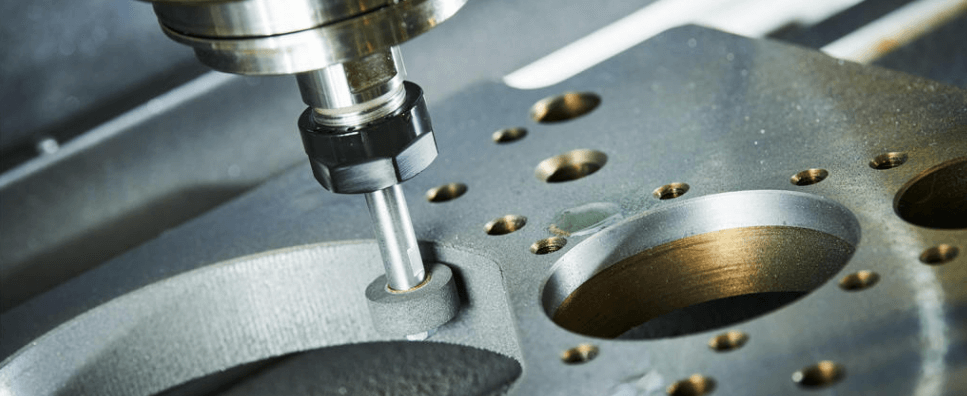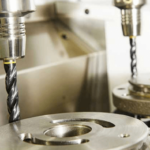Computer Numerical Control(CNC) is a widely used process to manufacture parts including but not limited to the automobile industry. CNC was developed to replace manual forming processes because of its reliability and pinpoint accuracy in the production of the final products. In addition, it significantly reduces the processing time.
CNC Machining is the course of production of a ‘3D-model’ by selectively cutting away material to make the specified shape or tool from that 3D design. CNC Milling and CNC Turning are further types of the main process, commonly known as CNC Machining.
We will be discussing the feasibility of both types in this article.
CNC Milling
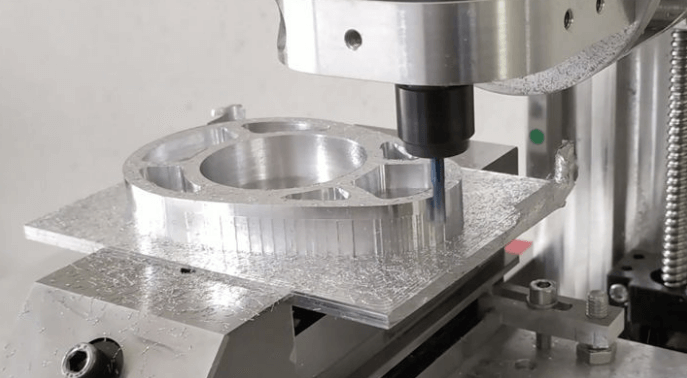
Computer Numerical Control Milling is generally a metal manufacturing process; however, plastics can also be milled. CNC Milling uses a computer to control a cutting tool. This cutting tool then cuts material from a workpiece to produce the desired shape/model.
The cutting tool is a major working component of the CNC Mill and can move in three or more axis. Usually, the workpiece is kept stationary, however, modern CNC Mills can rock or turn the workpiece for better cutting angles. This feature also accounts for a speedy process as the machinist does not need to reorient the workpiece whenever a complex design is being milled.
CNC Milling is a rather simple process which is why it is the most widely used production process in the metal industry. From prototypes to final designs, everything is usually done in a CNC Mill.
From the Writer
CNC Milling proves itself useful in the long run for industrialists who will deal with versatile and complex shaped products. This type of machining is an excellent method of production for such kinds of products.
Specialities of CNC Milling
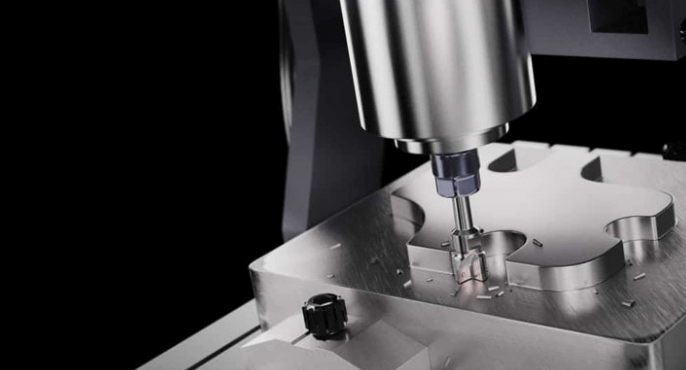
CNC Milling comes with the following perks,
Production Capability
The production capabilities of CNC milling are best suited for batch processes. In simple words, CNC milling outfits the business that will produce short batches of parts in a single run. Further production capabilities of a CNC milling machine include a range of operations, such as,
- Thermal
- Mechanical
- Chemical
- Electrical
Material Consumption
CNC Mills are aimed to conserve and minimize material usage. As compared to CNC Turning, the material consumption of the CNC Milling method is significantly low. This directly means lower material costs in the long run and better waste management for Health Safety Environment (HSE) departments.
Cutting Tools
Milling does not necessarily need to work with explicit tooling. You can use an entirely different set of cutting tools for a variety of operations. This not only makes Mills better than lathes but renders them more efficient in their job as well.
Furthering, you can produce complex shaped tools on a mill but you will be limited by lathes that are often used in Turning operations.
Product Specifications
CNC Milling can produce a wide variety of parts. It can handle complex-shaped parts just as well as it handles simple ones. This makes it a versatile option for industrialists. However, that is not the only best thing associated with CNC milling, it is also proven to be a quicker, cost-effective, and accurate production operation.
A wide variety of parts can be manufactured using milling. For example,
- Fittings and Gears
- Pumps
- Founding Punches
- Engine Parts
- Surgical Instrumentation and Implants
CNC Turning
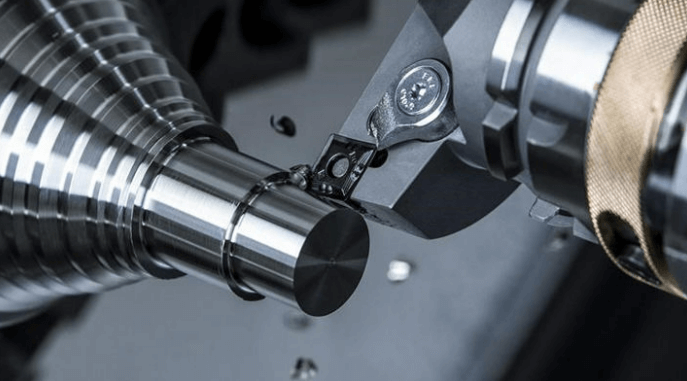
Unlike CNC Milling, CNC Turning follows an entirely different path to manufacture products.
CNC Turing is mostly used to manufacture rounded parts and is the first choice for cylindrical and conical shapes as well. Even if it is less common than the former CNC Milling, it is the second most widely used process to manufacture mechanical parts.
Turning Processes mainly involve Lathe Machines and/or CNC Turning Centers and rapidly turning the workpiece using a chuck instead of moving the cutting tool. For this reason, CNC Turning cannot work on pieces that require complex detailing although it is substantially faster in finishing relatively simple cuts. Specializations and advanced technology in modern turning machines allow them to process multiple workpieces on a single lathe.
Chucks can be used to hold the workpiece and multiple cutting tools can also be set up for operation. Through turning, operations involving cutting material from outside the workpiece and boring inside it can be performed relatively easily.
From the Writer
The choice of CNC Turning is clear as it is not as cost-effective as CNC Milling, however, the nature of jobs that can be performed easily with a Turning Center or a Lathe might compel you to finalize it. Be sure to count on the future horizons of your industry before galloping a decision.
Specialities of CNC Turning

These benefits make CNC Turning a better portfolio,
Production Speeds
CNC Turning is faster when it comes to Boring, Drilling, and Shaping jobs. This can allow the industrialist to hold fast his deadlines and increase production capacity on the go. However, complex designs struggle and take a lot longer to finish.
Accuracy
CNC Turning is more accurate and can finish operations with a pinpoint finish. Therefore, it is trusted with so many important parts with round surfaces such as rollers, bullets, gears, and drilling bits.
Adaptability
CNC Turning is highly adaptable and can be interconnected with CNC Milling to achieve industrial requirements. It can also produce parts for other pieces of machinery from bolts and nuts to torques and turbines. However, backward compatibility and asymmetrical designs are critical for this interconnection to be beneficial.
Product Shapes
It is much difficult to produce parts with round designs using the Milling and Routing process, not to mention that they usually come out of the required measurements and must be trimmed.
CNC Turning on the other hand handles these jobs flawlessly. Therefore, it can be used to manufacture some of the industry’s most important parts. Such as,
- Nozzles
- Nuts and Bolts
- Bullets and Firearms
- Beams and Pipes
- Ball Jointing
- Rollers
- Rounded Turbines
- Barrels
So, which would be the right one for you?

Now that you know what each of these processes can and cannot do, it’ll be easier to decide.
However, to give you a final point of view, you should keep in mind that CNC Milling is generally considered the most recommended method for producing parts with complex shapes and CNC Turning is equally good for simpler, round shapes. Nonetheless, you can also use these two processes in a sequence as there might be scenarios where both operation processes might be required.

